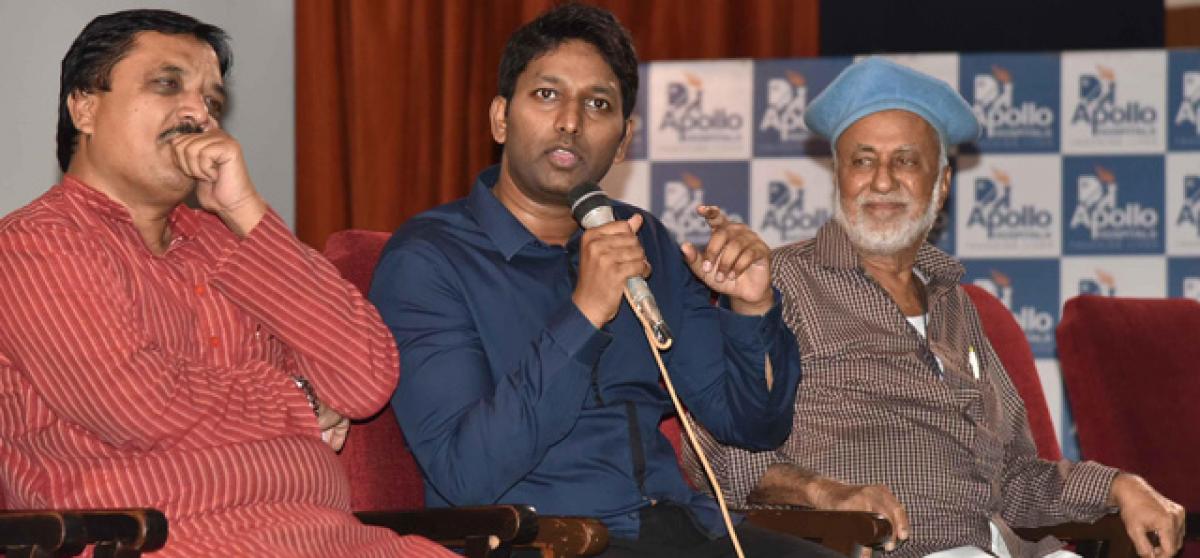Live
- Atul Subhash suicide case: Wife absconds, K'taka Police arrest her mother, brother
- Garena Free Fire MAX Redeem Codes for December 13, 2024: Exclusive Rewards Await!
- Call to include Veera Saivas in OBC category
- Freshers’ Day celebrations held at SKCHS
- Fresh Case Filed Against Mohan Babu, Sons for Assault on Journalist in Pahadishareef
- Committed to providing every facility to devotees at Maha Kumbh, says PM Modi
- Cold wave hits Manyam district, residents struggle with low temperature
- Naidu striving to solve land disputes in State says MLA Kandikunta
- District administration is prepared to tackle rain situation says Joint Collector Shubham Bansal
- 2 held, 10 red sanders logs seized









